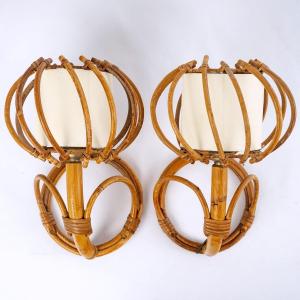Composed of a base formed by a bamboo stem forming a circle on which is positioned in the lower part a curved bamboo stem rising maintained by two small bamboo stems.
It is covered with a rattan shade lined with an off-white cotton shade.
One arm of light per sconce.
Period : XXth century
Dimensions : Height : 31cm x width : 19cm
Louis Sognot (1892-1969) studied at the Bernard Palissy school before working for Jansen where he was taught the basics of traditional cabinet making.
He then went to work for Krieger and designed small spaces, such as the cabins of ocean liners, for which he was interested in the functional aspect of the furniture.
In 1920, Louis Sognot joined Primavera, which he managed until 1930 with Charlotte Chauvet-Guilleré. Influenced by cubism, his furniture is massive and veneered with beautiful wood.
In 1930, he joined the Union of Modern Artists. Seeking to make his productions useful and accessible to all, the decorator builds and invents, integrating modern materials such as duralumin, glass and glass into the design of his furniture.
In 1932, Louis Sognot, together with Charlotte Alixle, presented Lakarmé, a light, non-combustible moulded plastic that offered great freedom of form.
In 1935, the architect Eckart Muthesius built the Maharaja's Palace in Indore and asked them to create various pieces of furniture that would become true masterpieces of the modernist style. That same year, Louis Sognot also collaborated on the fitting out of the liner Normandie, another monument of Art Deco.
After the war, in the context of a difficult reconstruction, Louis Sognot sought to develop a clever and functional furniture, chromatic and of good quality, which took into account the recent data concerning the habitat. He thus works with new or inexpensive materials such as rattan.
Louis Sognot collaborated with Serge Mouille for the lighting, Maurice Rinck and Charles Wagner, who published his furniture.
His influence spread far beyond his many pupils.







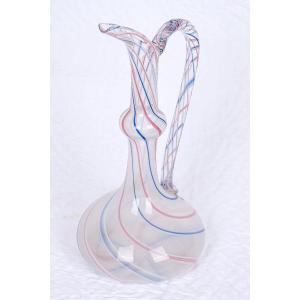

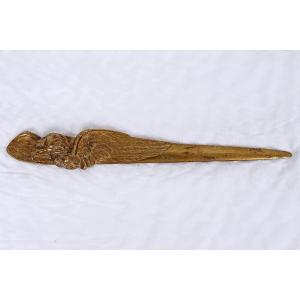

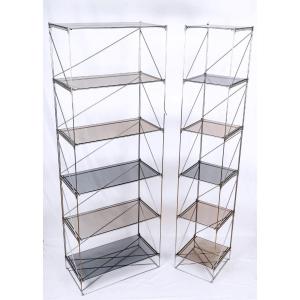

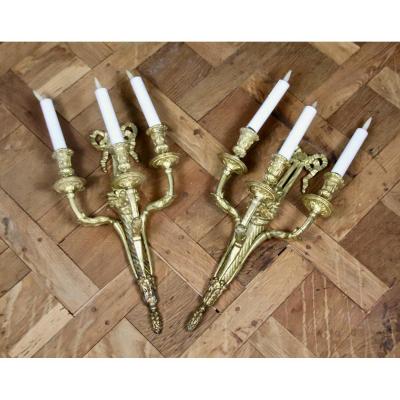

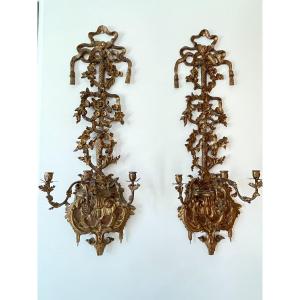

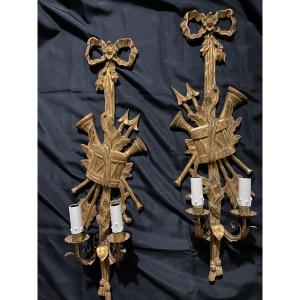




 Le Magazine de PROANTIC
Le Magazine de PROANTIC TRÉSORS Magazine
TRÉSORS Magazine Rivista Artiquariato
Rivista Artiquariato
